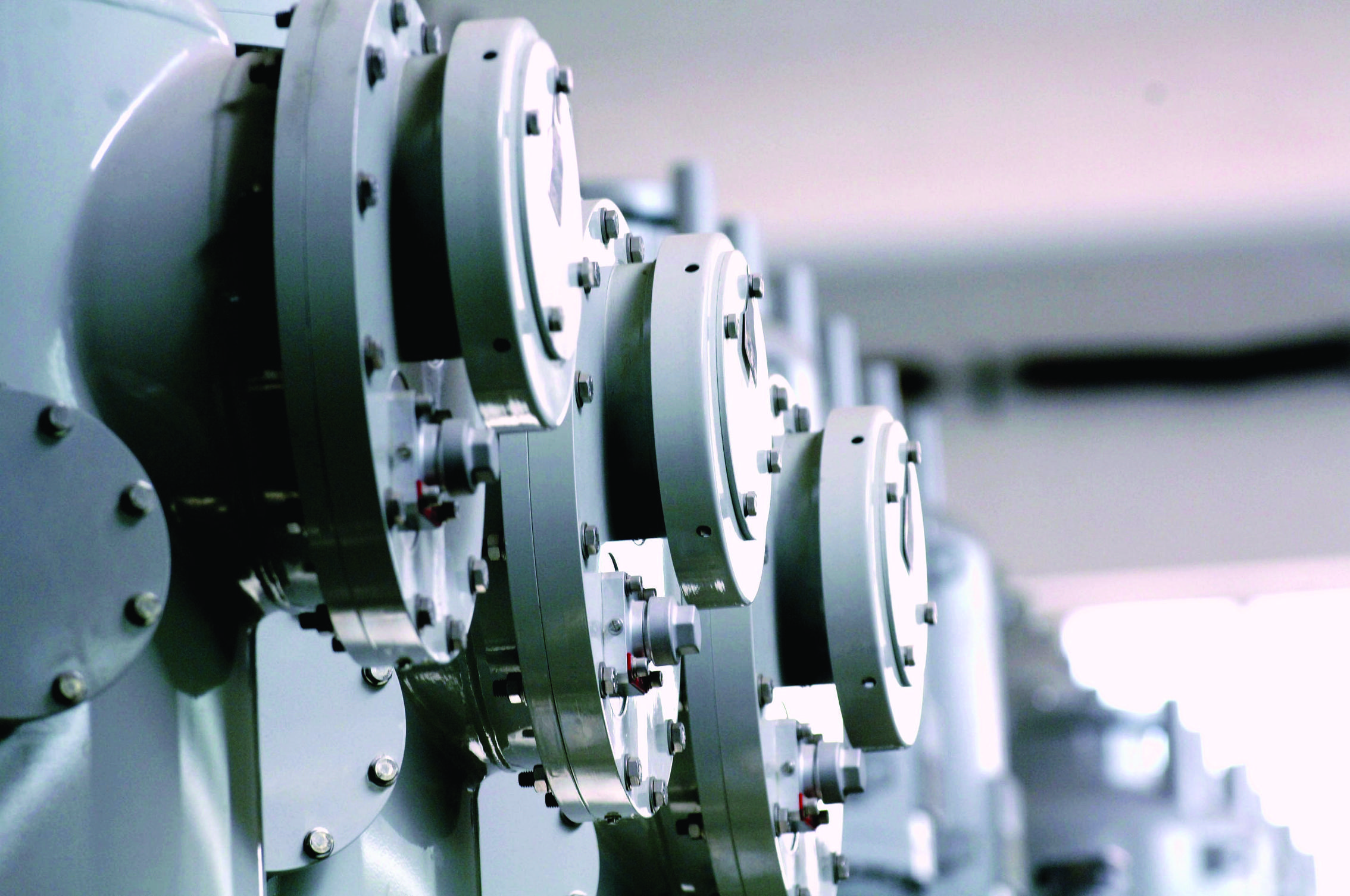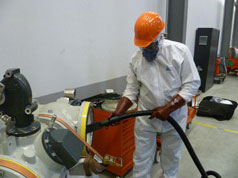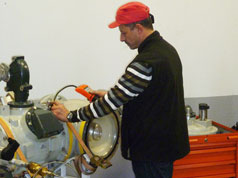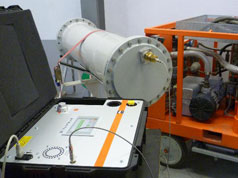PDWatch - Monitoring partial discharges (X7033)
Overcurrent and Feeder Protection
What will I learn from this course?
- Understand the eventual partial discharges during the running of a substation under metal enclosure
- Control the UHF method so called "off-line" partial discharge detecting
- Be efficient in the use of the mobile PDWatch device
- Use the HM software of the PDWatch under normal conditions on real shielded type equipment
- Improve G S monitoring
Topics
Partial discharges
- Insulation defects in the applications under metal enclosures
- Different types of insulation defects
- Physical and chemical phenomena due to partial discharges
- Electromagnetic waves spread in the applications under metal enclosures
Means of detecting
- Conventional method
- UHF method so called "off-line"
- Portable material and solution
- UHF type coupling units
- Process of checking of the
- Coupling units used as voltage capacitive detectors
Capture principles of the PDWatch
- General presentation
- Use step by step
- Recording of the data under the C GRE format
- Recording of the graphic data
- Data management
Use of the "PDWatch manager" software tool
- General presentation
- Use step by step
Practical Works
- Running of the portable solution
- Presentation on a real size"shielded" equipment
- Functioning of the portable solution
- Synchronizing on a real size shield installation
- Commissioning
- Simulations and repairing
- Communications errors
- State error of the captors
Software tool of the PDWatch
- Safety information
- Scheduling
- Installation of material
- Disjunction of material
- PDWatch architecture
| Duration |
|---|
| 2.5 days |
| Who should attend? |
|---|
| Engineers and technicians |
Learning path
| Prerequisites | X7033 |
|---|---|
| Fundamentals in electricity and mechanics. Good knowledge of "shielded" solutions | 70% practical 30% theoretical |
PDWatch - Monitoring partial discharges (X7033)
Overcurrent and Feeder Protection
What will I learn from this course?
- Understand the eventual partial discharges during the running of a substation under metal enclosure
- Control the UHF method so called "off-line" partial discharge detecting
- Be efficient in the use of the mobile PDWatch device
- Use the HM software of the PDWatch under normal conditions on real shielded type equipment
- Improve G S monitoring
Topics
Partial discharges
- Insulation defects in the applications under metal enclosures
- Different types of insulation defects
- Physical and chemical phenomena due to partial discharges
- Electromagnetic waves spread in the applications under metal enclosures
Means of detecting
- Conventional method
- UHF method so called "off-line"
- Portable material and solution
- UHF type coupling units
- Process of checking of the
- Coupling units used as voltage capacitive detectors
Capture principles of the PDWatch
- General presentation
- Use step by step
- Recording of the data under the C GRE format
- Recording of the graphic data
- Data management
Use of the "PDWatch manager" software tool
- General presentation
- Use step by step
Practical Works
- Running of the portable solution
- Presentation on a real size"shielded" equipment
- Functioning of the portable solution
- Synchronizing on a real size shield installation
- Commissioning
- Simulations and repairing
- Communications errors
- State error of the captors
Software tool of the PDWatch
- Safety information
- Scheduling
- Installation of material
- Disjunction of material
- PDWatch architecture
| Duration |
|---|
| 2.5 days |
| Who should attend? |
|---|
| Engineers and technicians |
Learning path
| Prerequisites | X7033 |
|---|---|
| Fundamentals in electricity and mechanics. Good knowledge of "shielded" solutions | 70% practical 30% theoretical |



